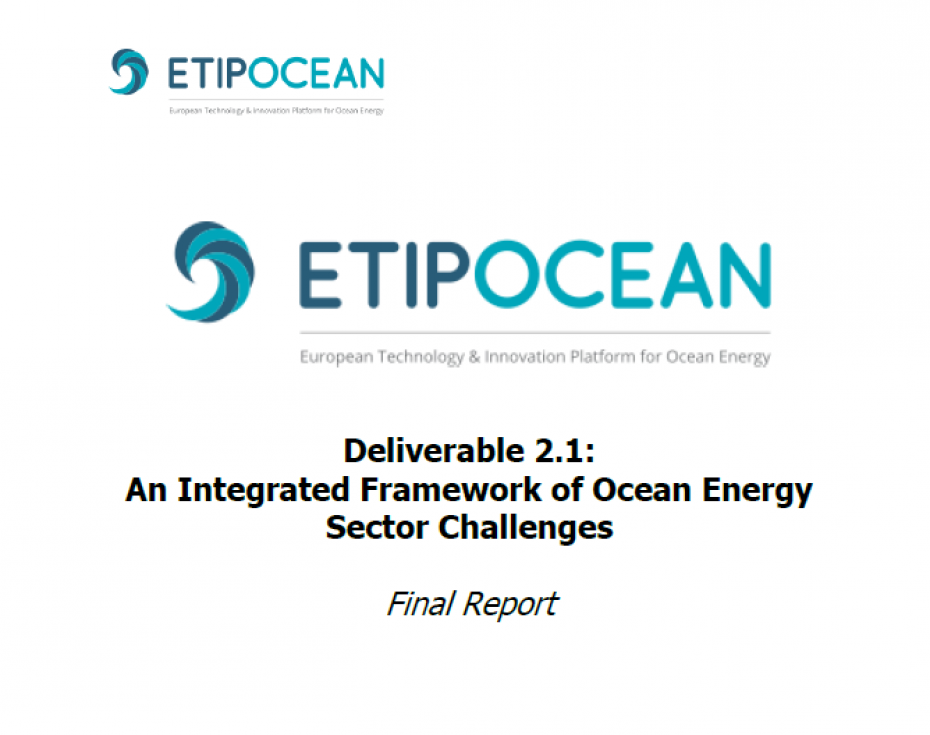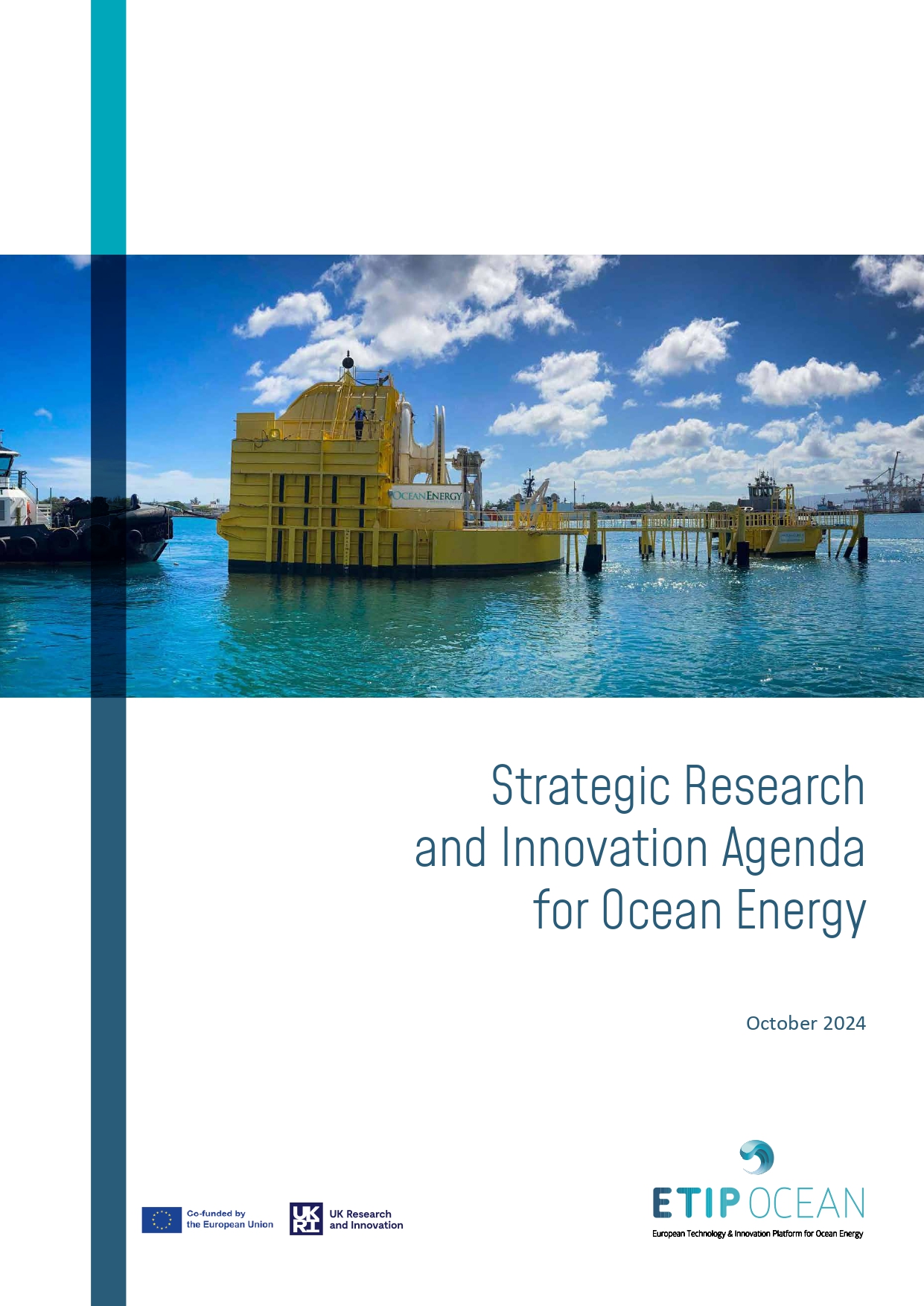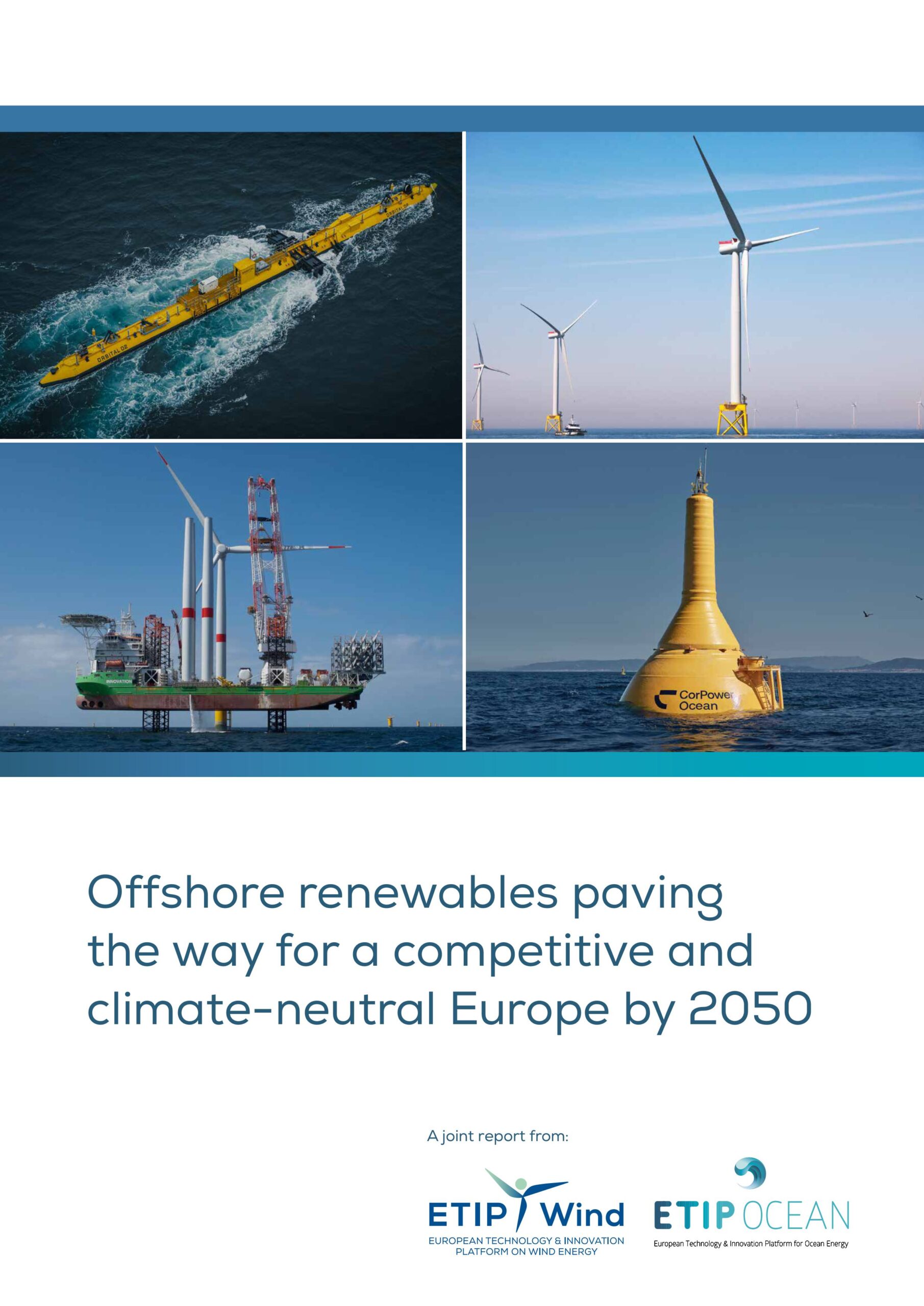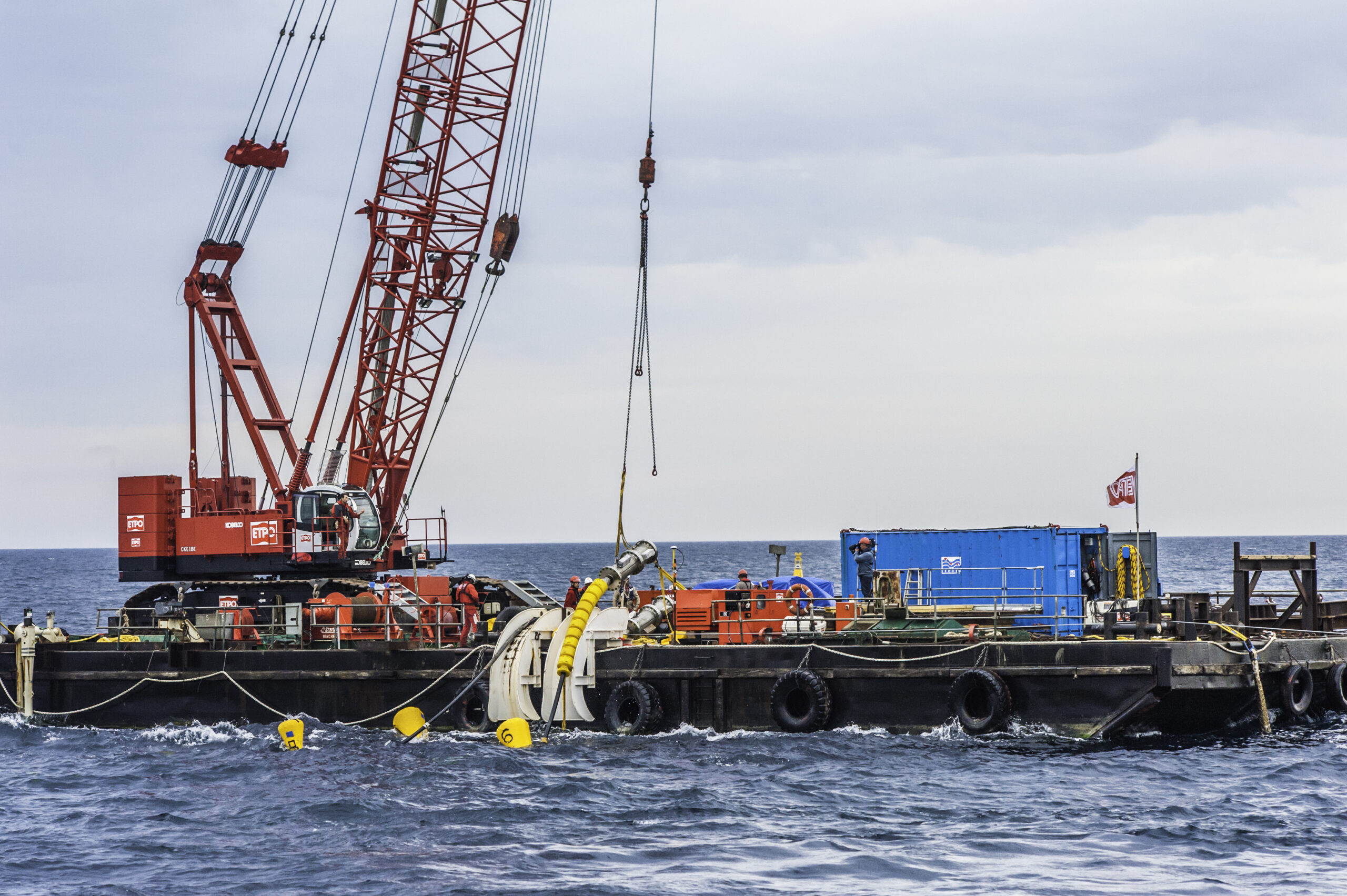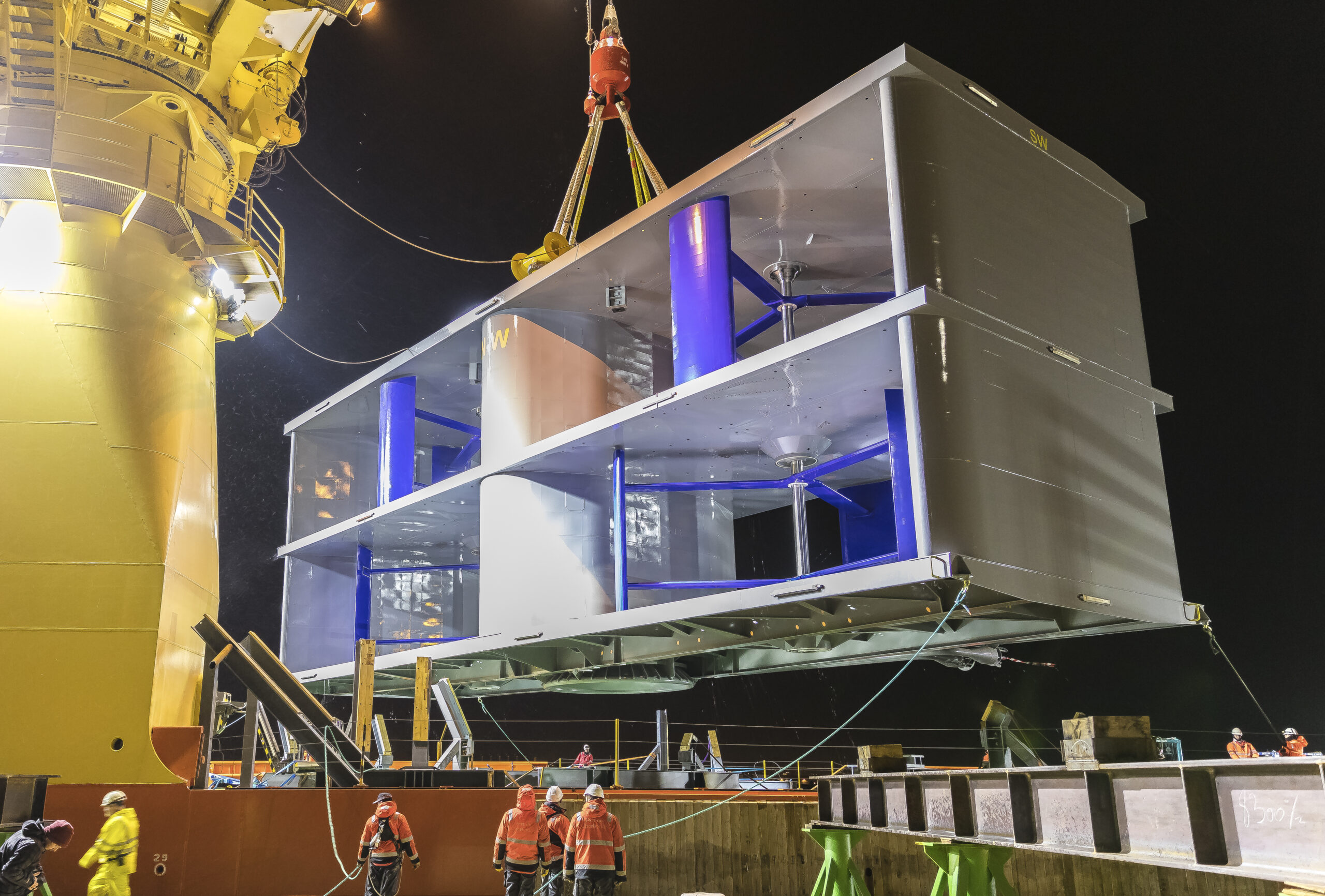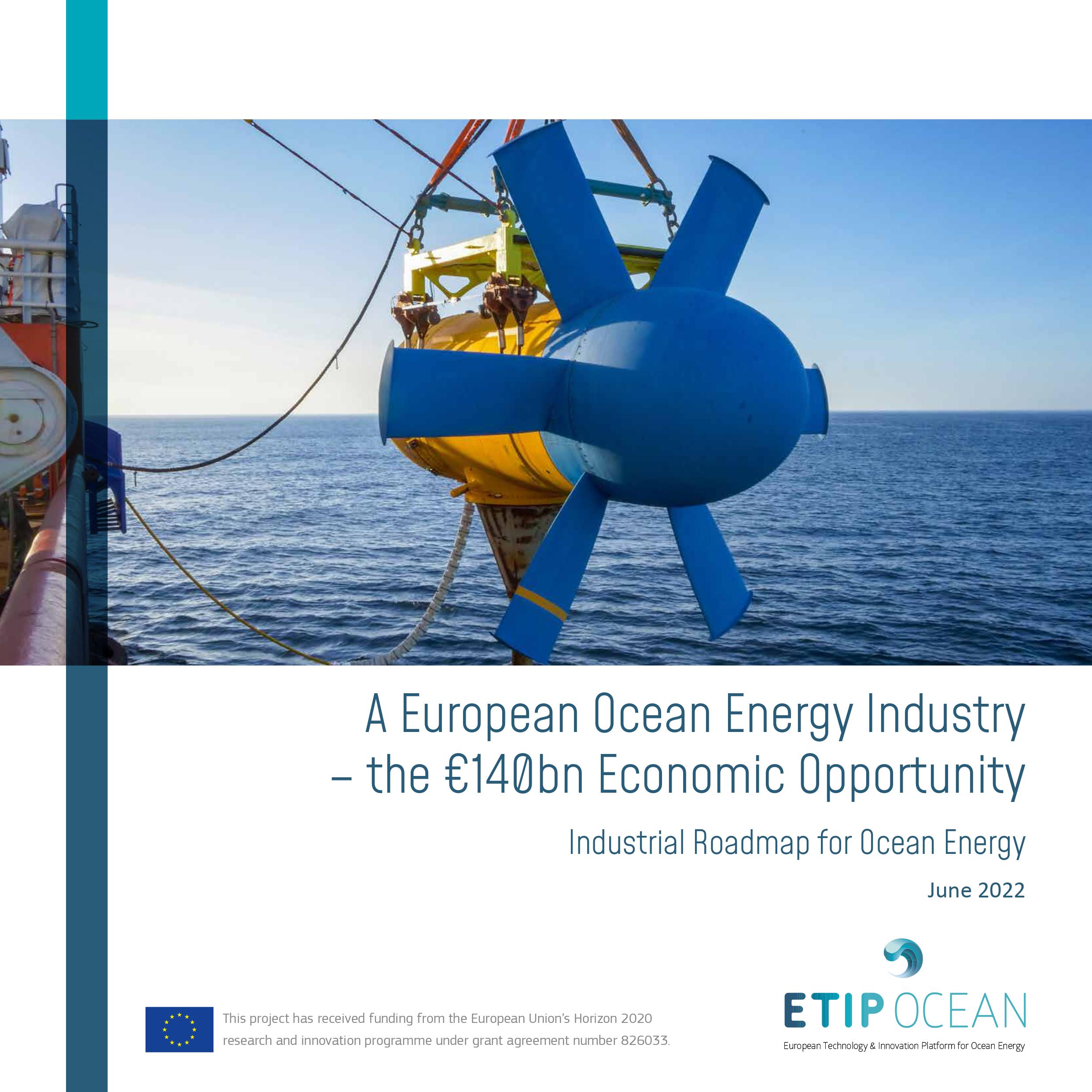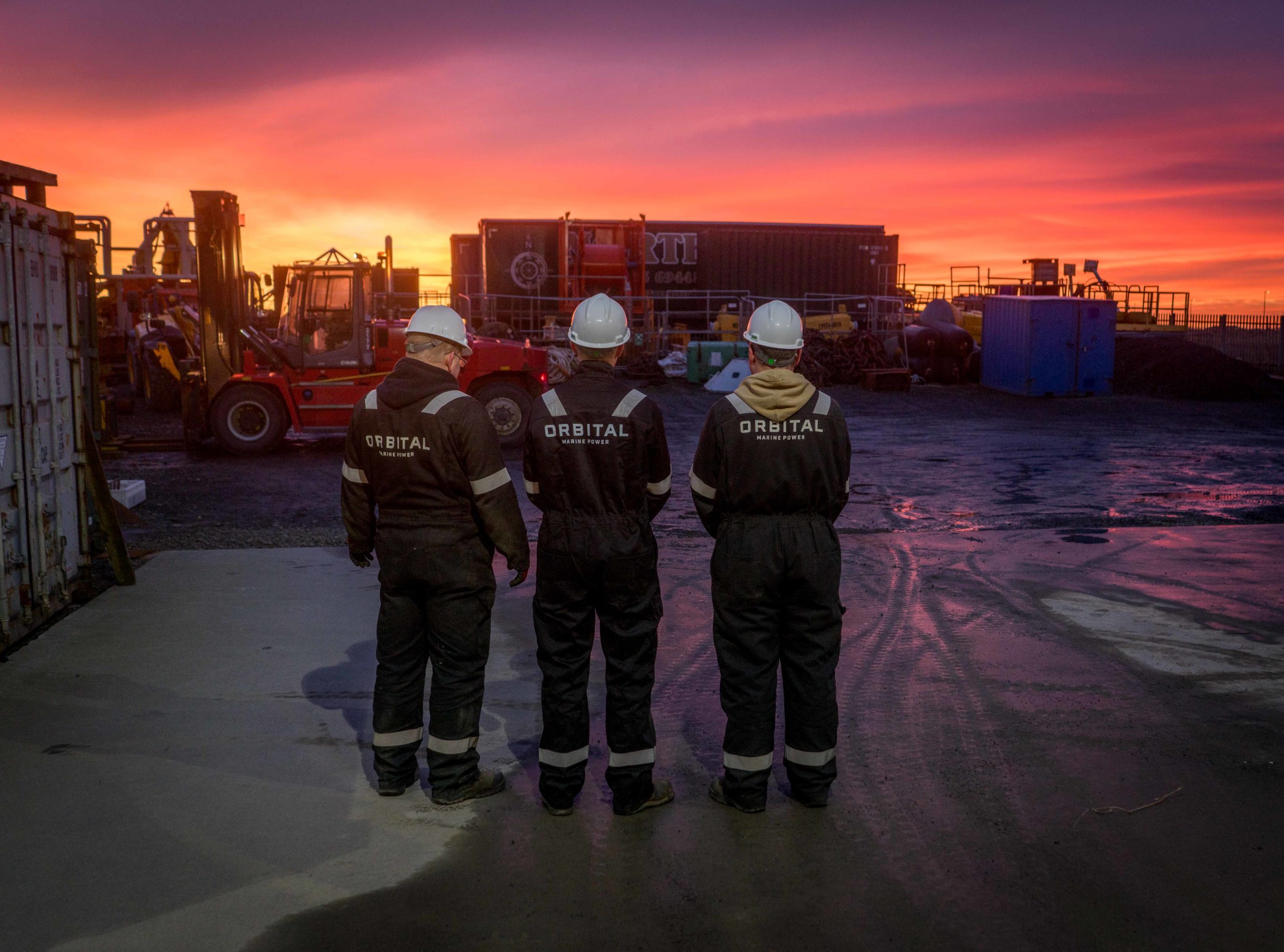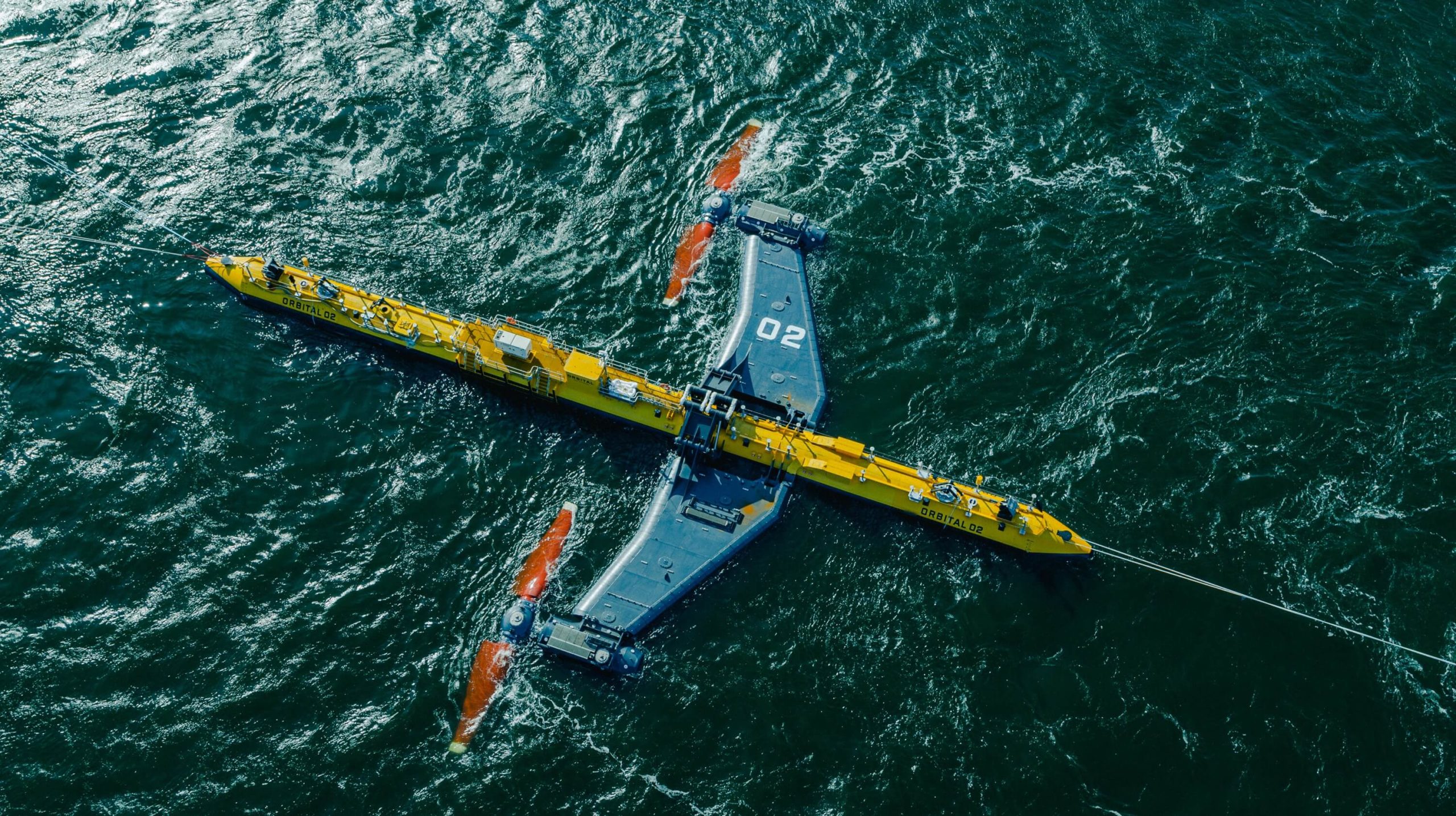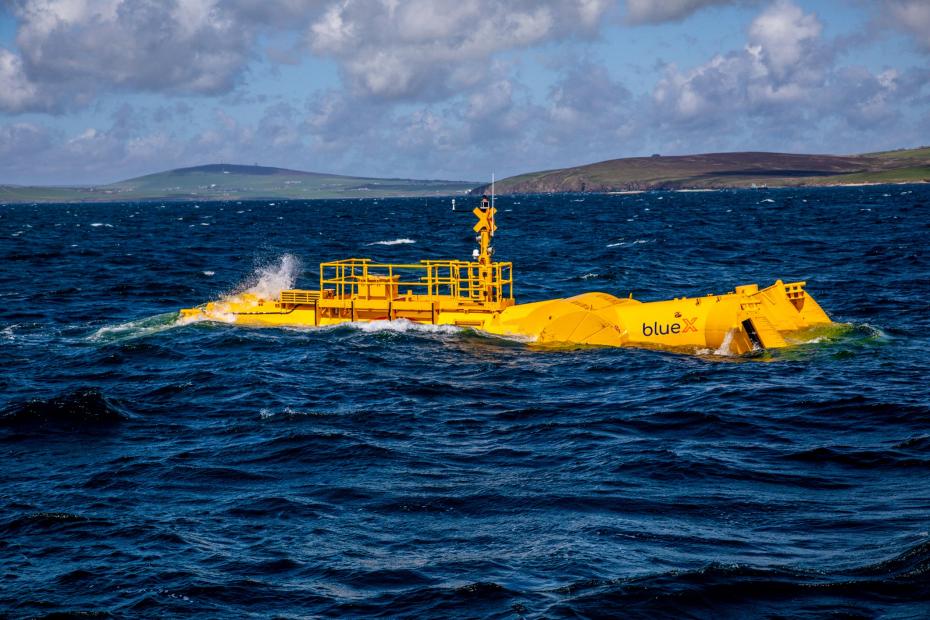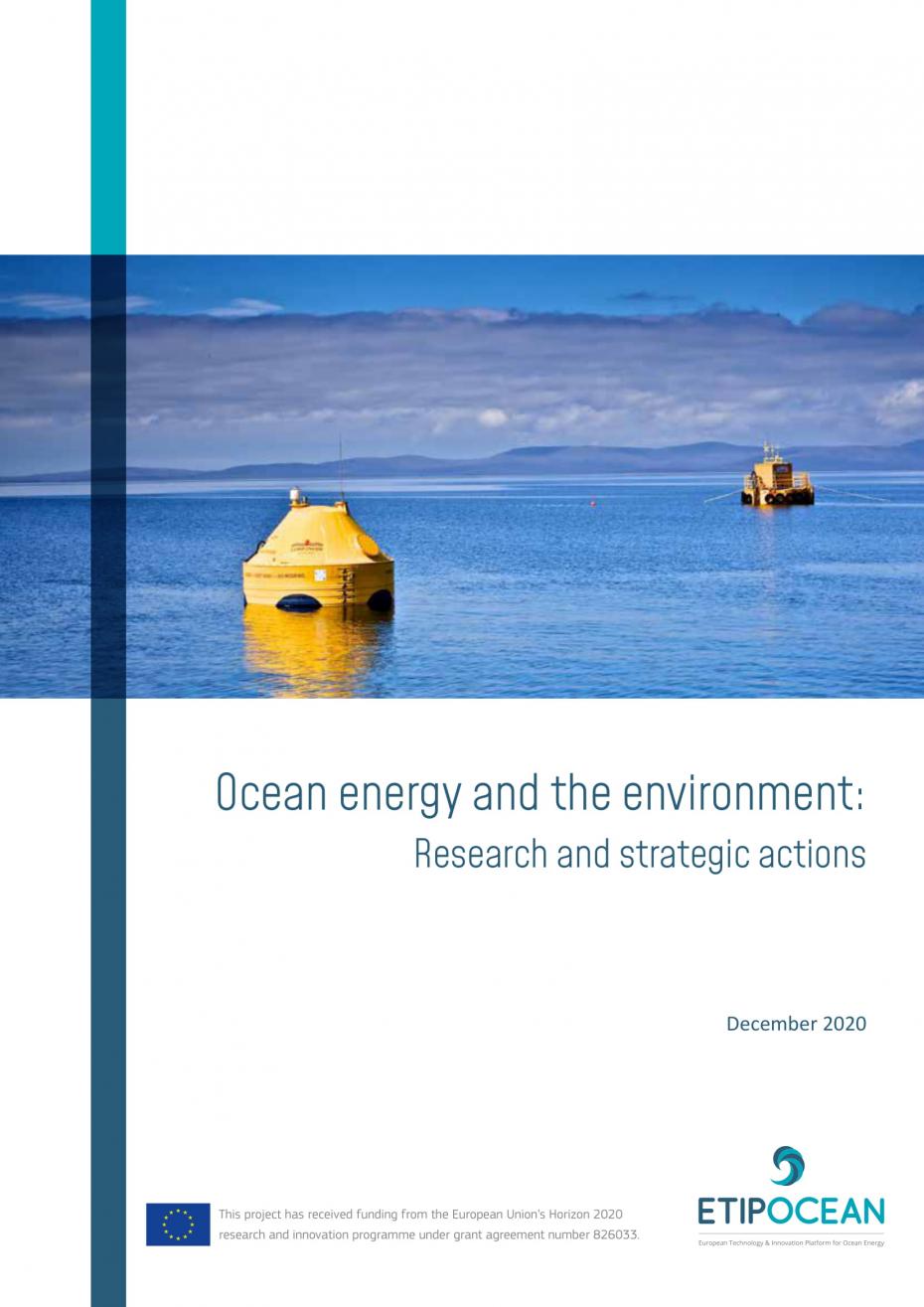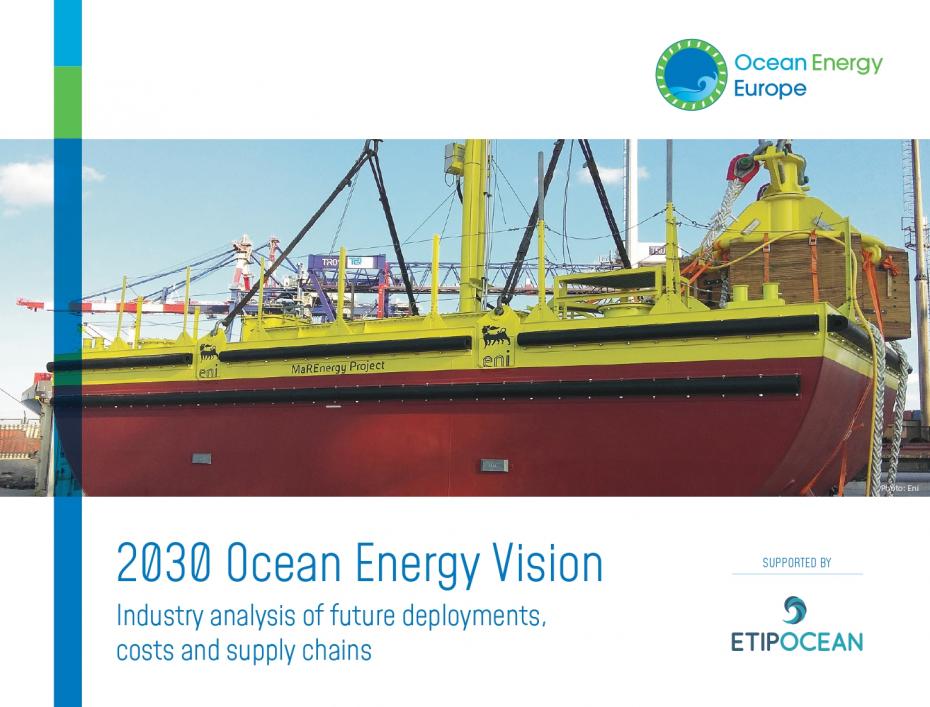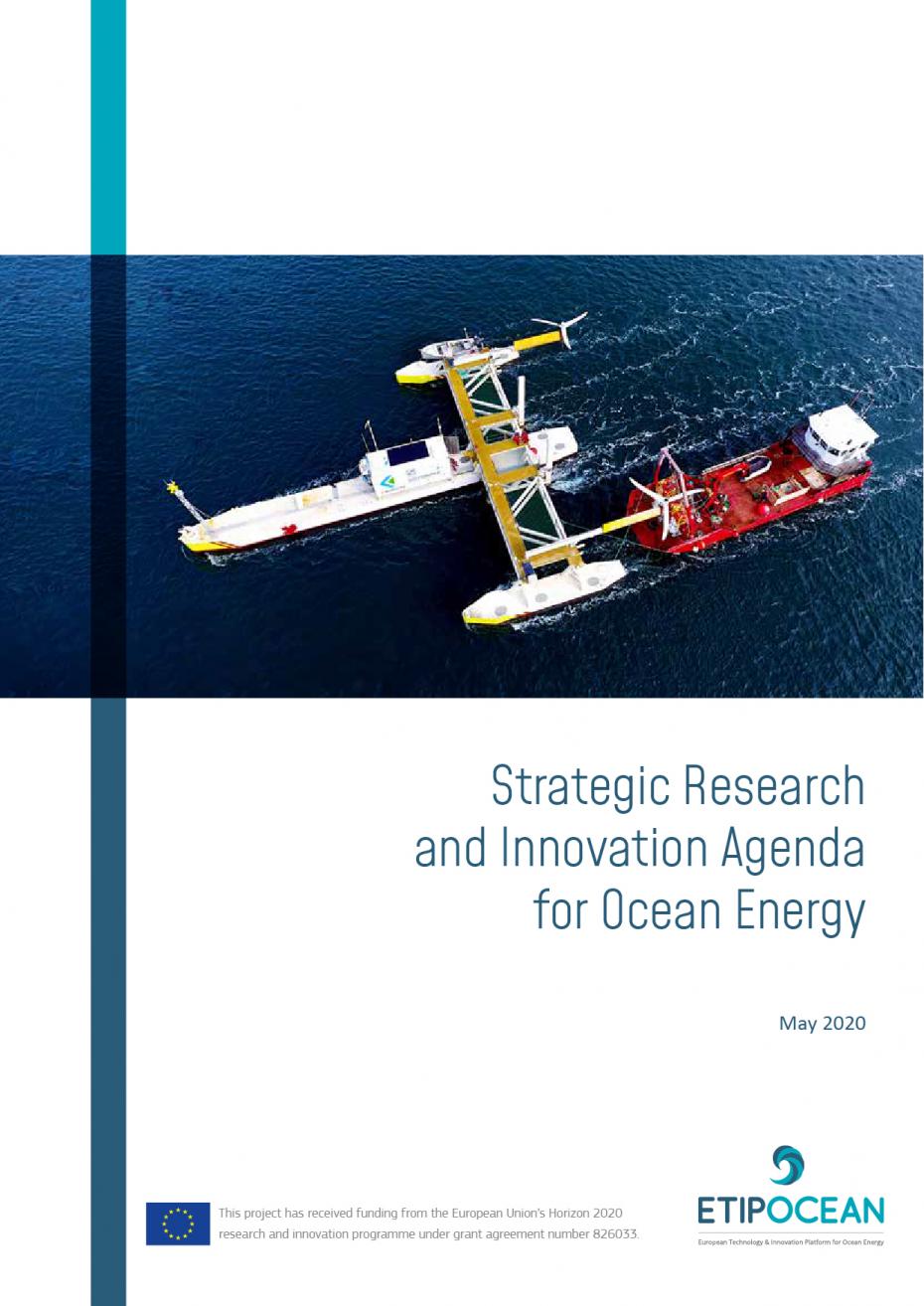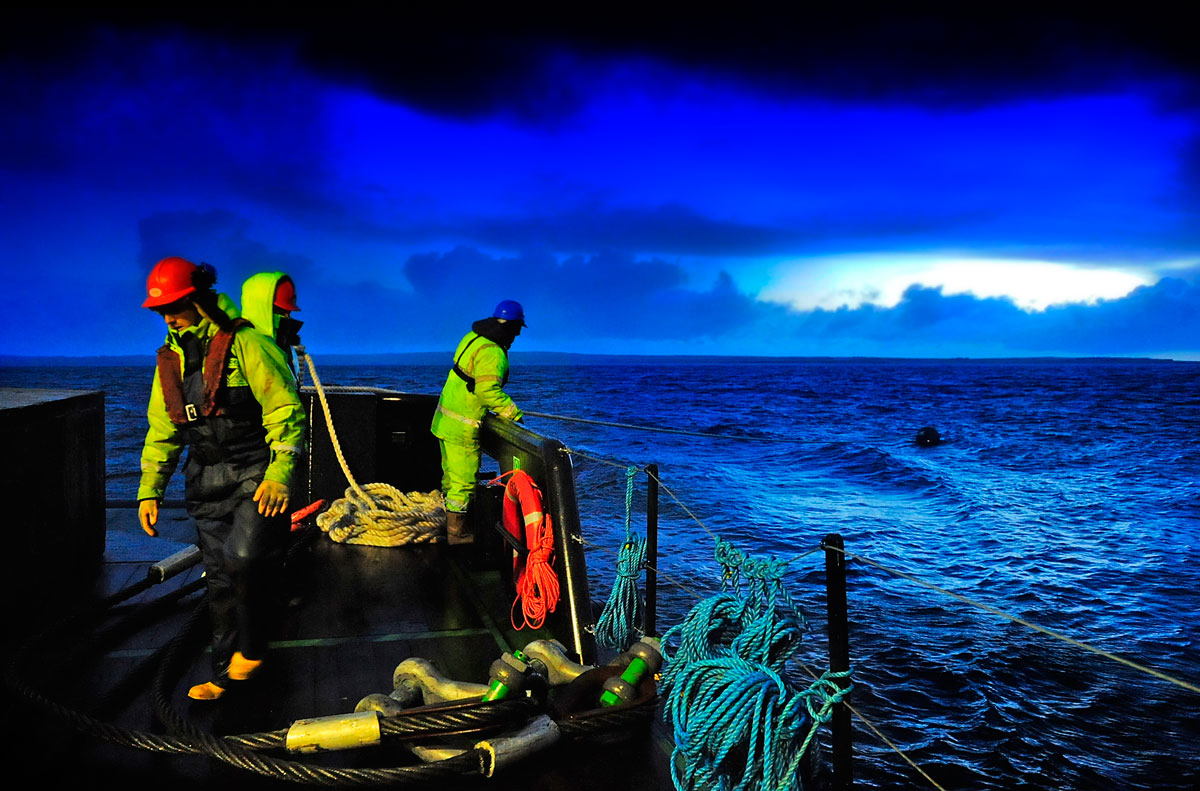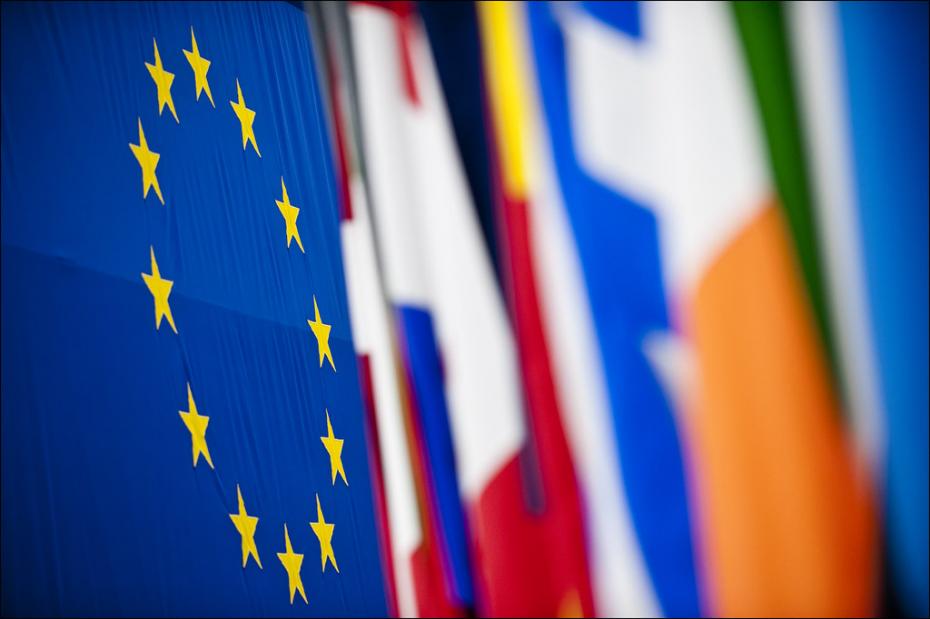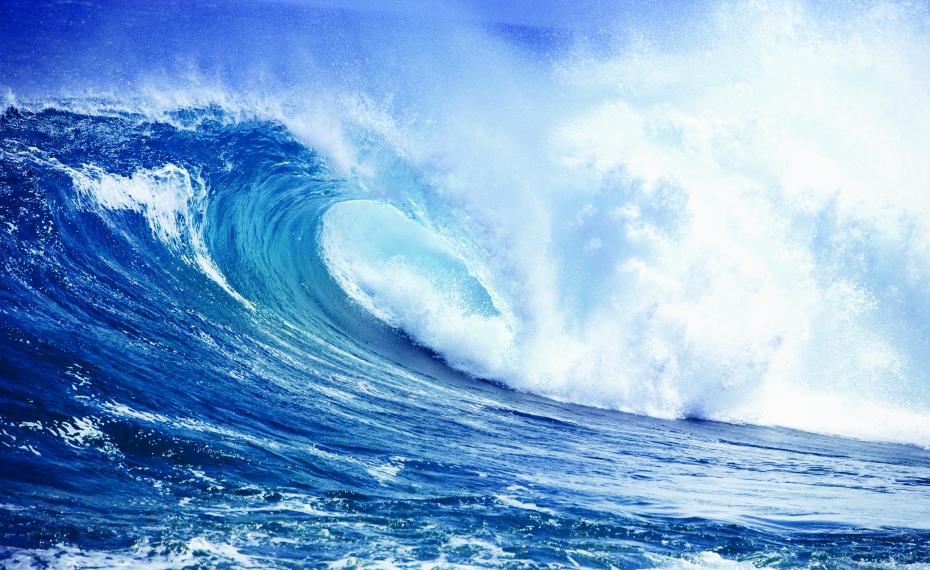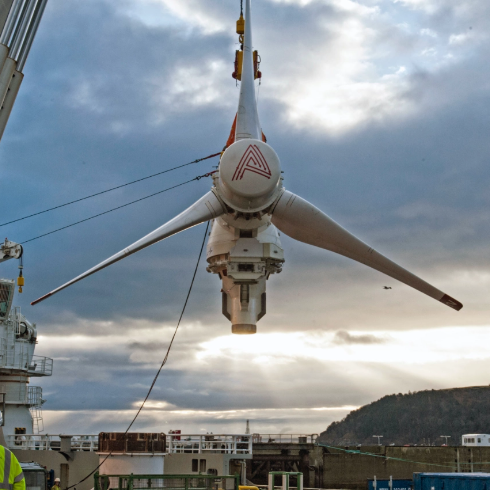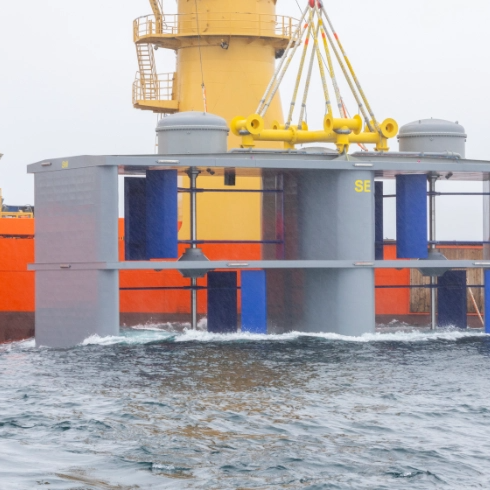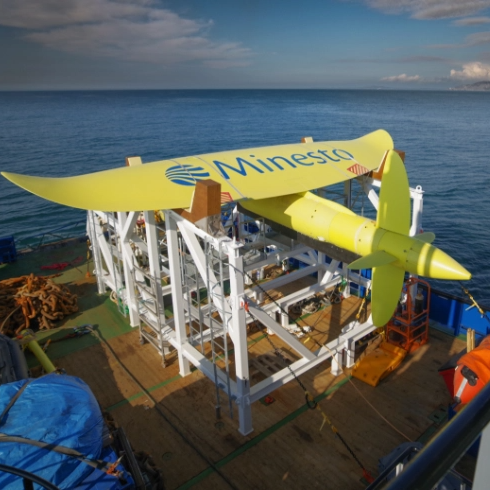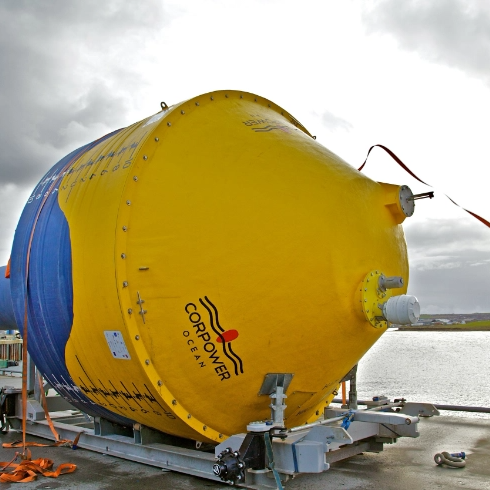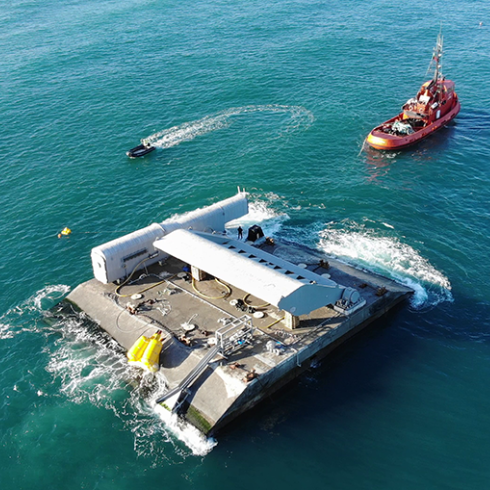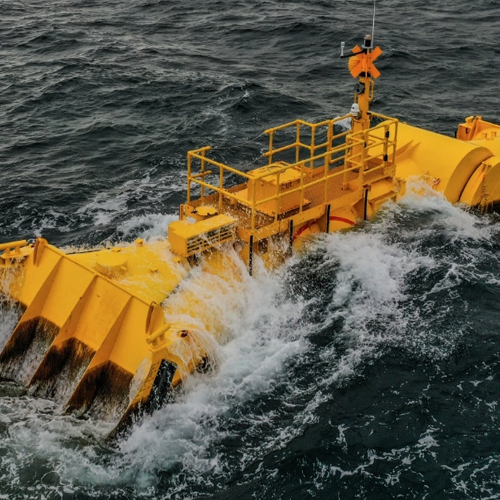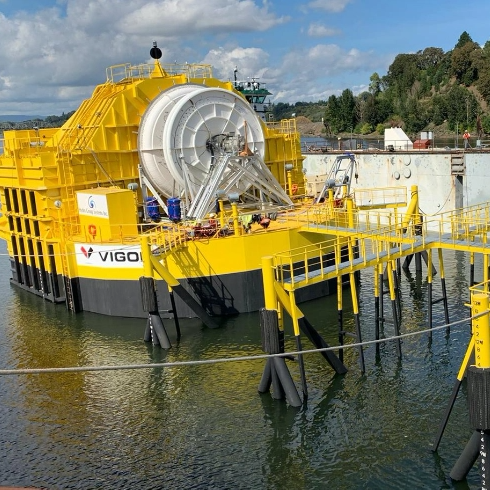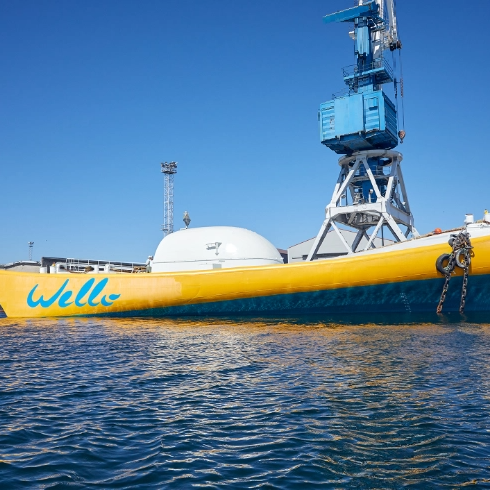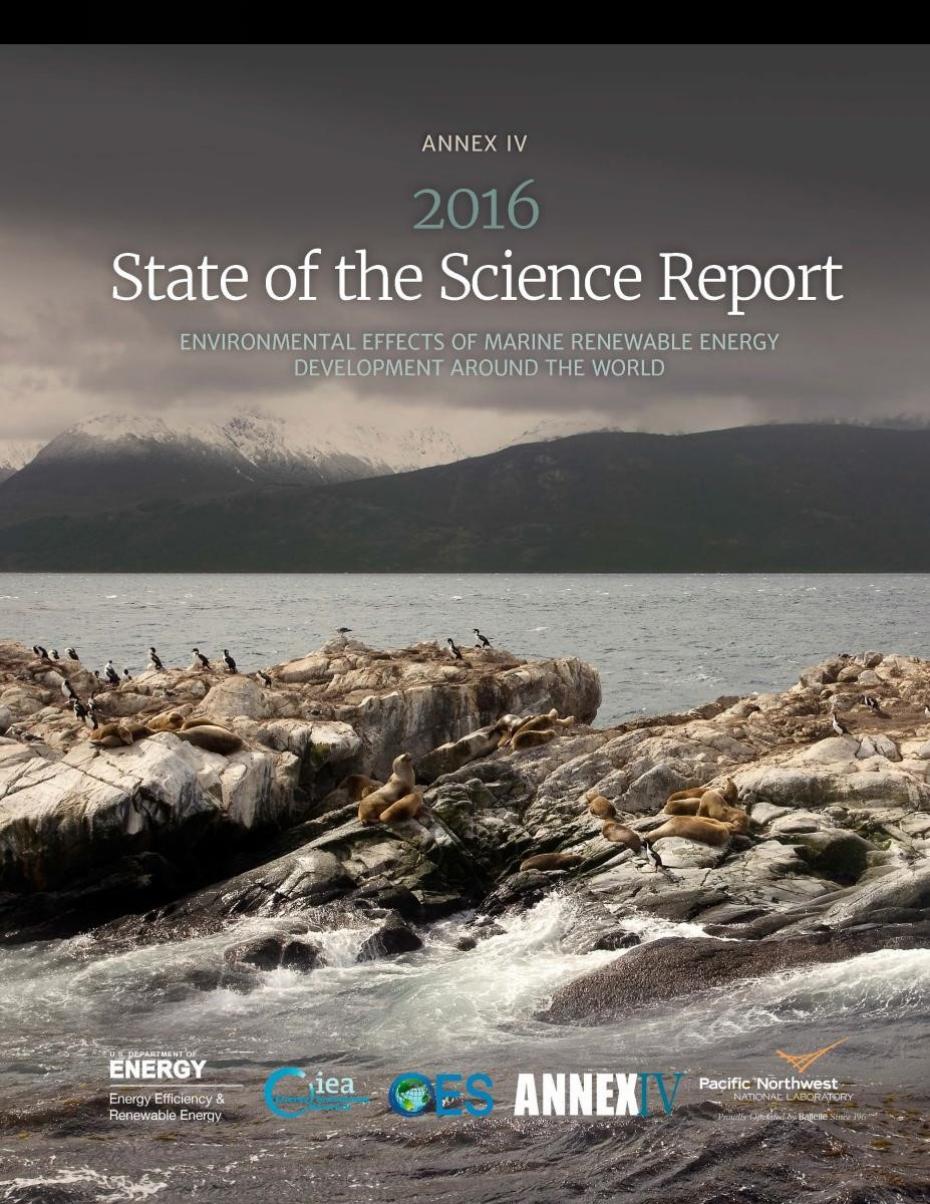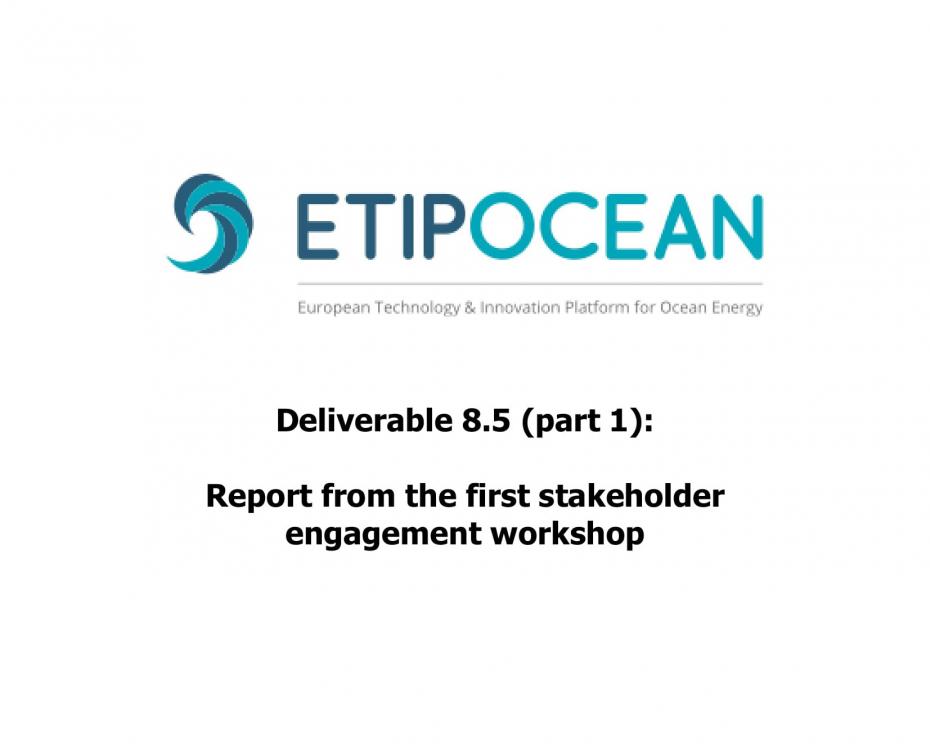
Key trends & statistics 2022
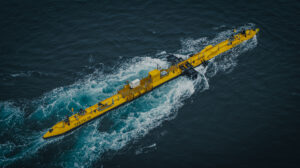
Europe’s industrial leadership in ocean energy is increasingly at risk, according to statistics released on 1 March 2023 by Ocean Energy Europe. Despite ambitious EU deployment targets, fewer projects hit European waters in 2022 than in any year since 2010. Meanwhile, global competitors like the US and China are catching up fast.
If the EU is determined to come out on top in this new era of global cleantech competition, it cannot let its frontrunner position slip away. How the bloc responds to this test of its leadership in wave & tidal energy will be an object lesson for its wider Green Deal industrial vision.
Back in 2020, the EU’s Offshore Renewable Energy Strategy targeted global leadership in wave & tidal energy and set ambitious deployment targets.[i] But fast-forward two years, and both tidal and wave energy capacity additions in Europe have hit a ten-year low, outstripped by increased activity in the rest of the world.
2022 tidal stream installations in Europe were limited to small-scale projects, and were dwarfed by a single state-funded, large-scale Chinese device. In wave energy, last year was the fifth in a row where the rest of the world installed more capacity than Europe. Europe still holds the lead in terms of cumulative wave capacity, but only just.
The drivers of this new dynamic are clear – public funding and policy support. The US now commits circa US$110 million for ocean energy annually and is building the world’s largest wave energy test site. China continues to pour state funds into large projects. And both the UK and Canada are providing dedicated revenue support, among a host of other measures.
But it’s not too late – the Green Deal Industrial Plan can empower the European Commission to rapidly restore Europe’s leadership in ocean energy.
Initial efforts to implement the Offshore Strategy’s ocean energy actions show that, given the right tools, progress can be made rapidly. Dedicated Horizon Europe funding calls have already given the European ocean energy sector a boost, and new regional agreements between Member States on offshore renewables offer a framework to speed up deployments in the medium-term.
Rémi Gruet, CEO of Ocean Energy Europe, commented: “These statistics should be a wake-up call. Europe has the technical skills, the entrepreneurialism and the creativity to be the world number one in ocean energy – but we need a clear plan. The Net Zero Industry Act should explicitly include the Offshore Strategy’s target of 1GW of ocean energy by 2030. And the Sovereignty Fund should support this target with a €1bn earmarked budget. This will give much-needed teeth to the EU’s offshore renewables ambitions.”
This is an extract, full report available as PDF download
Download full report




